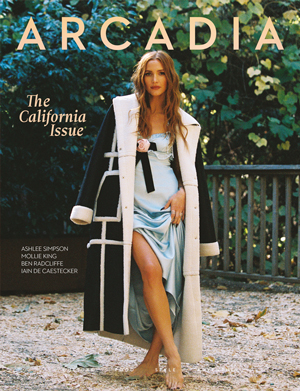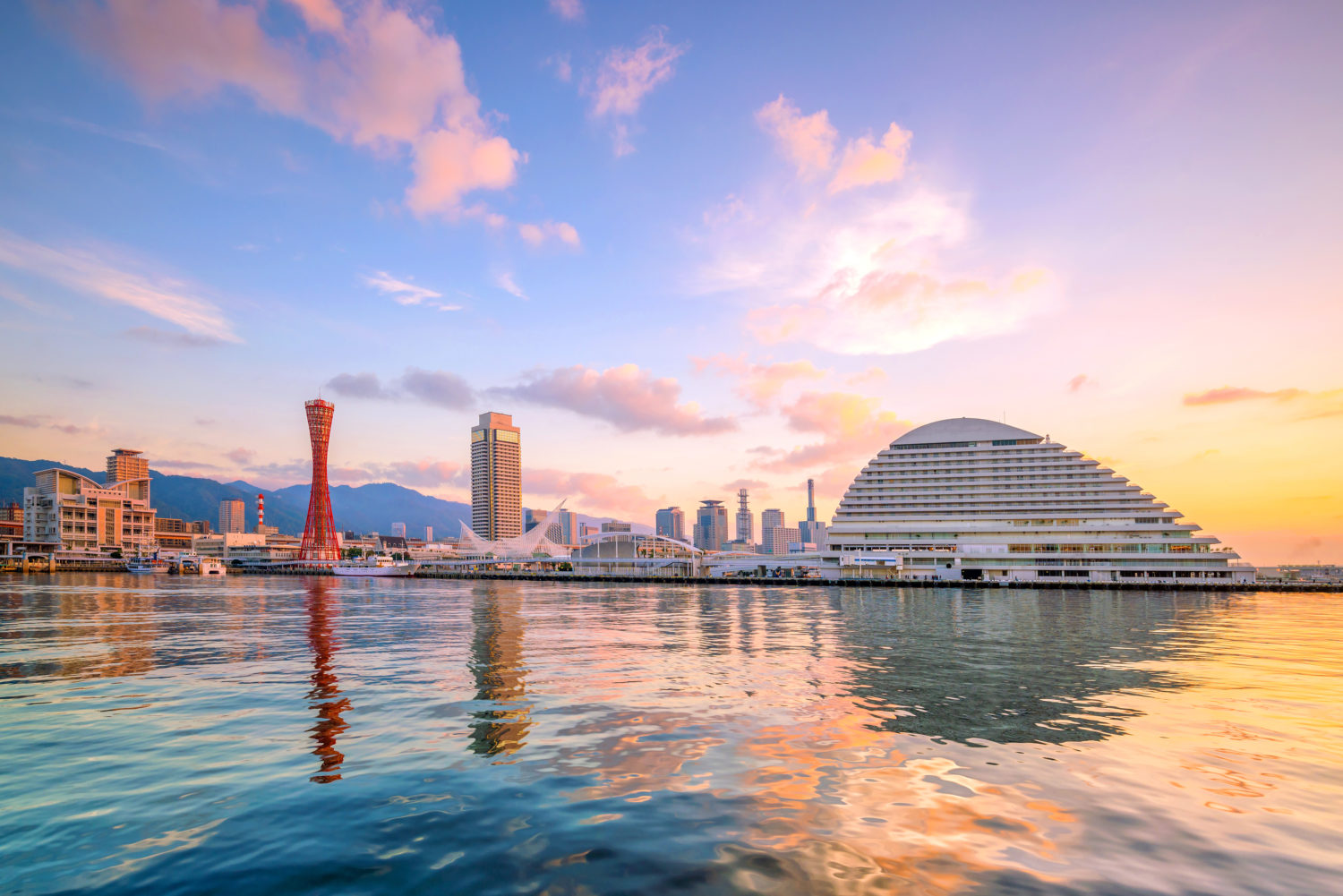
Set between the Rokko Mountains and the Seto Inland Sea, Kobe’s dramatic landscape is shaped by tectonic activity, where the Eurasian and Philippine Sea plates collide. This geology influences the city’s hot springs, mineral-rich terrain, and seismic activity.
Professor Yoshiyuki Tatsumi of Kobe University studies these deep-Earth dynamics, shedding light on the region’s remarkable formation. Beyond its natural wonders, Kobe blends modern Japanese elegance with international influences, a legacy of its port’s early foreign trade.
From its world-famous Kobe beef—so iconic that it even inspired the name of basketball legend Kobe Bryant—to its refined fashion and architecture, the city exudes sophistication, offering a seamless fusion of heritage and cosmopolitan charm.
Forged by Nature: A Gift from the Earth’s Depths
Mount Rokko
Towering over the city, Mount Rokko is both a scenic escape and a geological marvel. “Three million years ago, tectonic activity uplifted this mountain range, shaping Kobe’s striking topography,” explains Professor Yoshiyuki Tatsumi. Today, you can hike through lush forests, take in breathtaking panoramic views, or explore the Rokko Garden Terrace, a picturesque spot with cafés, shops, and stunning vistas.
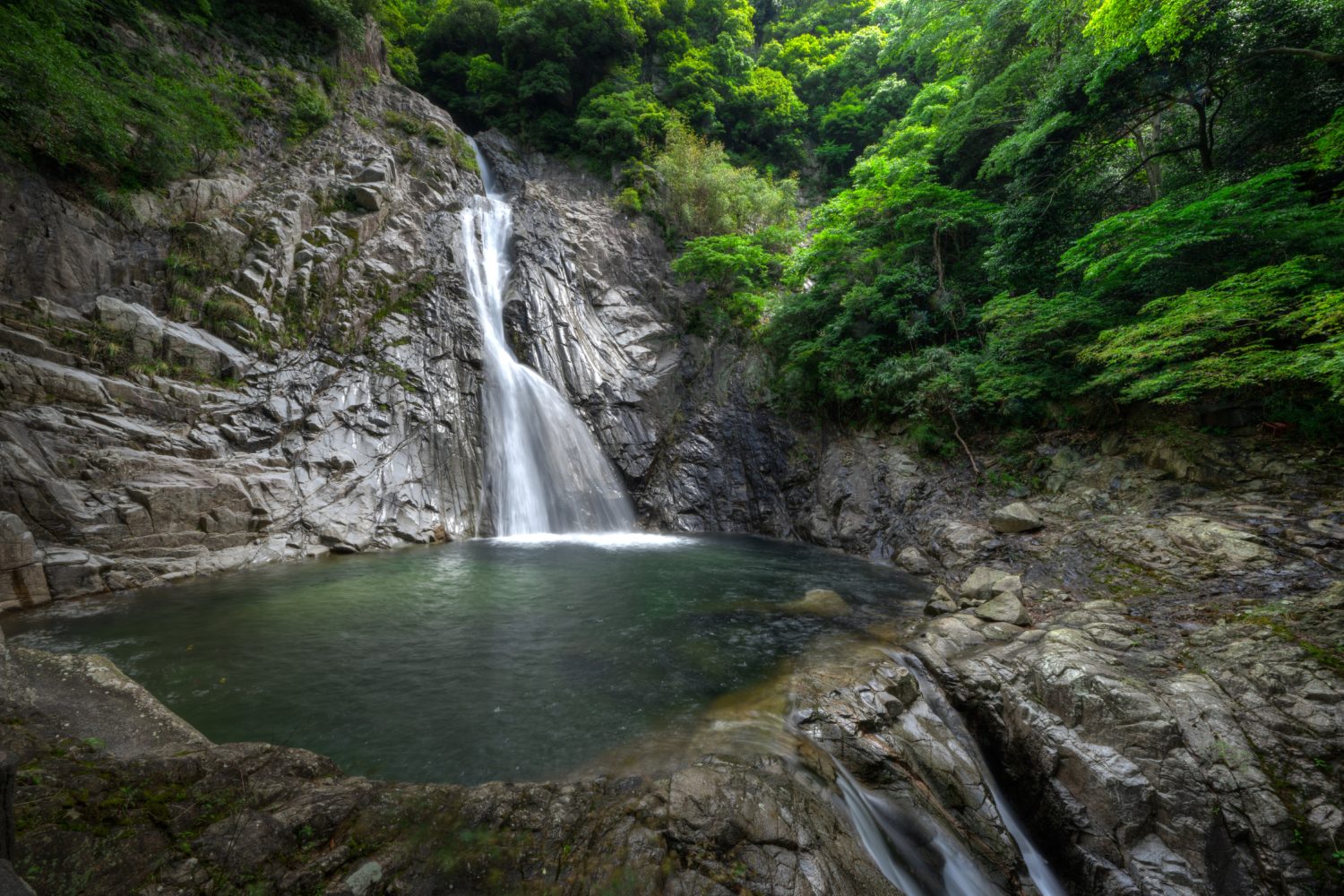
Rokko-Arima Ropeway
Take the Rokko-Arima Ropeway for a breathtaking 12-minute journey between Mount Rokko’s summit and Arima Onsen. This modern cable car, departing every 20 minutes, offers panoramic views of the mountain’s ever-changing beauty—from cherry blossoms in spring to fiery autumn leaves and winter snowscapes. In winter, Mount Rokko transforms into a snowy retreat with skiing, snow play areas, and enchanting illuminations. With its stunning scenery and diverse activities, Mount Rokko is a must-visit for nature enthusiasts and those seeking relaxation in Arima’s renowned hot springs.
Arima Onsen
Situated in the northern foothills of Mount Rokko, Arima Onsen is one of Japan’s oldest and most prestigious hot spring towns. Professor Yoshiyuki Tatsumi explains that underneath lies the Philippine Sea Plate—one of Earth’s youngest tectonic plates—whose downward movement generates intense heat. From roughly 80 kilometres deep, this thermal energy forces water rich in iron, salt, and carbon dioxide to the surface, creating Arima’s celebrated springs.
These waters emerge as two distinctive types: Kinsen (“gold water”), a reddish-brown spring rich in iron that soothes muscles and benefits skin, and Ginsen (“silver water”), a clear spring containing radium and carbonate known for its rejuvenating properties. With historic ryokan inns and local specialities, the town offers a timeless retreat steeped in tradition.
Tocen Goshoboh
For an unparalleled visit, stay at Tocen Goshoboh which is one of Japan’s most impressive ryokans, with roots dating back to 1191 during the Kamakura period. This elegant retreat gracefully combines traditional Japanese aesthetics with contemporary comforts, offering a serene escape infused with history.
The ryokan’s meticulous attention to detail ensures a pristine and welcoming environment throughout the property. From the elegant entrance adorned with seasonal flowers to the carefully maintained gardens showcasing traditional Japanese landscaping techniques, every aspect of Tocen Goshoboh reflects centuries of refined hospitality traditions.
Dining is an experience in itself, with seasonal kaiseki meals crafted from locally sourced ingredients. You can enjoy a beautifully presented Japanese-style breakfast featuring rice, miso soup, tofu and grilled fish, or indulge in the option of Kobe beef. In the evenings, the sophisticated bar and lounge area invites relaxation, offering a selection of Japanese whisky, sake, and Arima cider.
Guest rooms retain the charm of classical Japanese design, featuring tatami flooring and sliding shoji screens, while discreetly incorporating modern amenities for comfort.
For a truly indulgent stay, the premium suite is one of the most spectacular in all of Japan. It offers a breathtaking private garden, a dedicated tea ceremony room, a traditional indoor mountain-style bath and an outdoor Kinsen bath where you can unwind and take in the peaceful surroundings.
With its rich history, tranquil ambiance, and impeccable service, Tocen Goshoboh offers the ultimate Arima Onsen retreat.
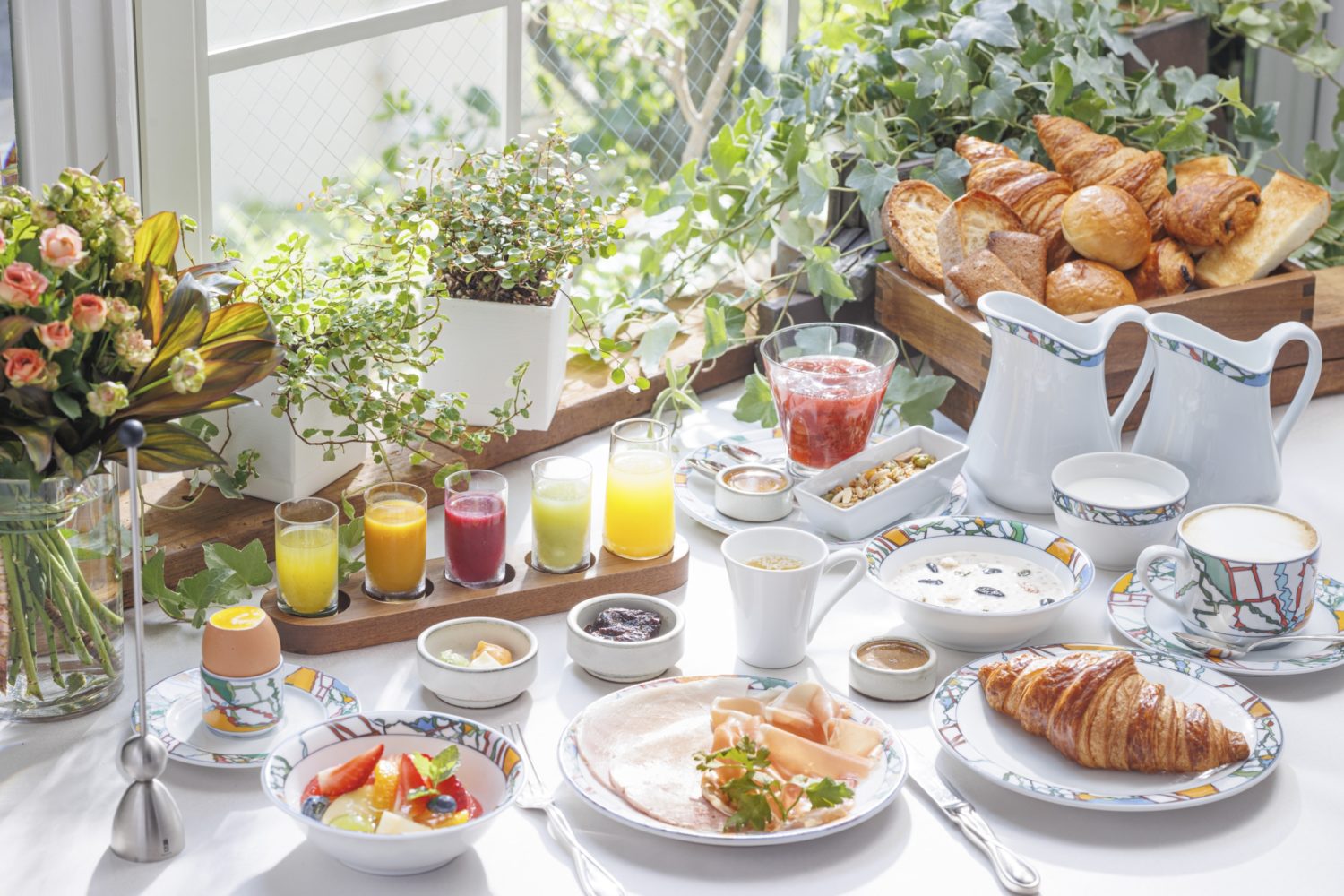
Nunobiki Falls
Tucked away near downtown Kobe, Nunobiki Falls is a stunning collection of waterfalls with deep cultural significance in Japanese art and literature. Just a 20-minute trek from Shin-Kobe Station, it offers a peaceful escape into nature. The most impressive, Ontaki, creates a serene oasis amid the cityscape.
You can also take the Kobe Nunobiki Ropeway, which offers panoramic views, a café, and a shop specialising in herbal products. Set at the foot of the Rokkō Mountains, these revered “divine falls” have long inspired artists and writers, making them a cherished natural landmark.
Kobe’s Food: Flavours Shaped by Nature
Kobe’s unique geography has shaped its food culture, offering exceptional ingredients and traditions. The Seto Inland Sea’s fast tidal currents create a natural fish preserve, home to 600 species. These currents, according to Professor Yoshiki Tatsumi, enhance fish texture and flavor.
Kobe’s soft water, filtered through ancient rock, is ideal for making dashi, the umami-rich soup stock central to Japanese cuisine. This mineral balance highlights delicate flavors in traditional dishes.
With its mix of mountain-grown vegetables and fresh seafood, Kobe’s diverse landscape provides a rich bounty that defines its culinary excellence.
MATSUNOYA
For an authentic taste of Kobe’s culinary heritage, MATSUNOYA is a must-visit. Located in Kitano-cho, this esteemed restaurant occupies a historic building designated as a traditional structure by Kobe City. Just a 15-minute stroll from Sannomiya and Shin-Kobe stations, it offers a serene escape with elegant Japanese interiors.
Diners can indulge in seasonal kaiseki courses and traditional cuisine in an intimate setting with 45 thoughtfully arranged seats. Since relocating to the JR West Sannomiya Guest House in December 2020, Matsunoya blends historical charm with refined dining, celebrating local ingredients and seasonal flavours in beautifully crafted dishes.
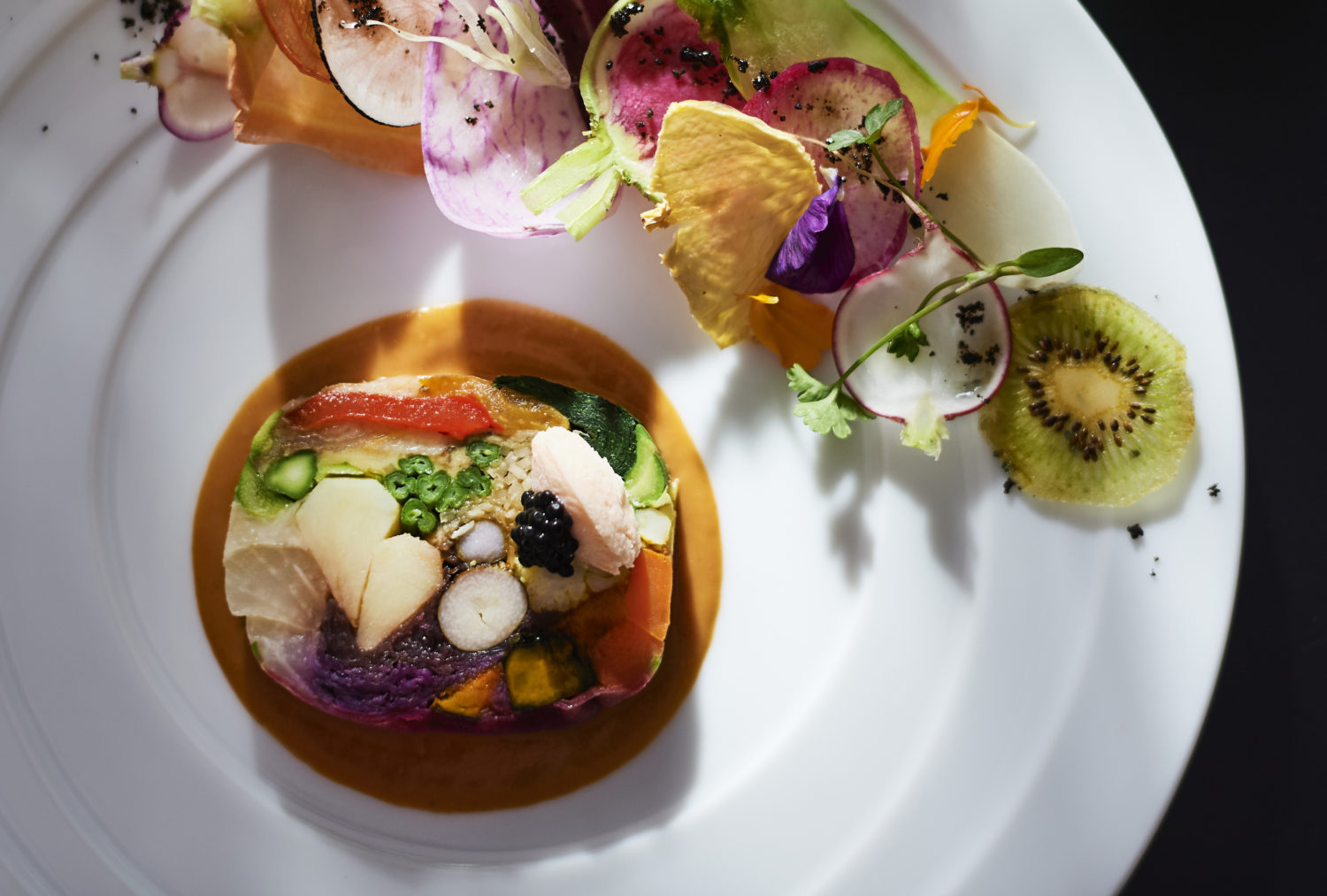
Kobe’s Sake: A Tradition Rooted in Pristine Waters
Kobe’s Nada district is renowned as one of Japan’s premier sake-producing regions, thanks to a combination of high-quality rice, expert brewing techniques, and the exceptional water of Miyamizu. The geological forces that have shaped the Rokko Mountains over millions of years have also contributed to the creation of this prized water source, making it integral to the city’s sake-making heritage.
Miyamizu Water
Water quality is vital to sake production, affecting fermentation, flavour, and clarity. While most of Japan’s water is soft, the Nada-Gogo district benefits from Miyamizu, a rare hard water source from Nishinomiya City.
Rich in calcium, magnesium, phosphorus and potash but low in iron, Miyamizu accelerates fermentation, producing a full-bodied and refined taste. Recognised among Japan’s Hundred Great Waters, it once spurred the rise of Mizuya traders who transported it to breweries in wooden casks. Today, sake producers proudly display the Miyamizu name on labels, with biannual sampling ensuring its exceptional quality remains intact.
Hakutsuru Sake Brewing Museum
In the heart of Kobe’s Nada district, the Hakutsuru Sake Brewing Museum offers a captivating glimpse into traditional sake-making. Located in a former brewhouse, this museum provides self-guided tours through each stage of the brewing process, from rice polishing to fermentation, with free admission available daily from 9:30am to 4pm.
Visitors are welcomed by a fragrant Kinmokusei tree, which fills the air with a delicate aroma in autumn, setting the tone for an immersive visit. Life-sized models and informative displays illustrate the artistry behind Nada sake, which benefits from both the pure waters of the Rokko Mountains and high-quality rice grains. The museum also houses a specialty shop, where visitors can purchase Hakutsuru’s finest sake, making it an ideal destination for those seeking an authentic souvenir.
Kikumasamune Sake Museum
Founded in 1659, the Kikumasamune Sake Museum stands as a tribute to Kobe’s enduring sake heritage. Located in the Nada-Gogo sake district, this museum is housed in a charming wooden building, complete with a serene garden and a traditional water mill at the entrance.
Inside, you can explore an extensive collection of historical brewing equipment, many of which are designated as Important Tangible Folk Cultural Properties of Japan. One of the museum’s highlights is its master craftsmen, who continue the time-honoured practice of handcrafting exquisite sake barrels from pink cedar wood.
Guided tours offer an in-depth look at the traditional brewing process, providing a rare opportunity to understand the cultural significance of sake in Japanese society.
Historic Kobe: Echoes of an International Past
Kitano Ijinkan
Kobe’s international heritage is beautifully preserved in the Kitano Ijinkan district, where Meiji-era Western-style mansions reflect the city’s foreign influence. When the Port of Kobe opened in 1868, European and American merchants settled here, shaping its architecture, cuisine, and culture.
Strolling its cobblestone streets, you can explore grand residences like Ben’s House, charming cafés, and boutiques offering European-inspired treats.
Beyond architecture, Kobe became the birthplace of jazz and cinema in Japan, with its cultural exchange shaping the city’s refined elegance. Kitano Ijinkan remains a must-visit destination for history and culture enthusiasts.
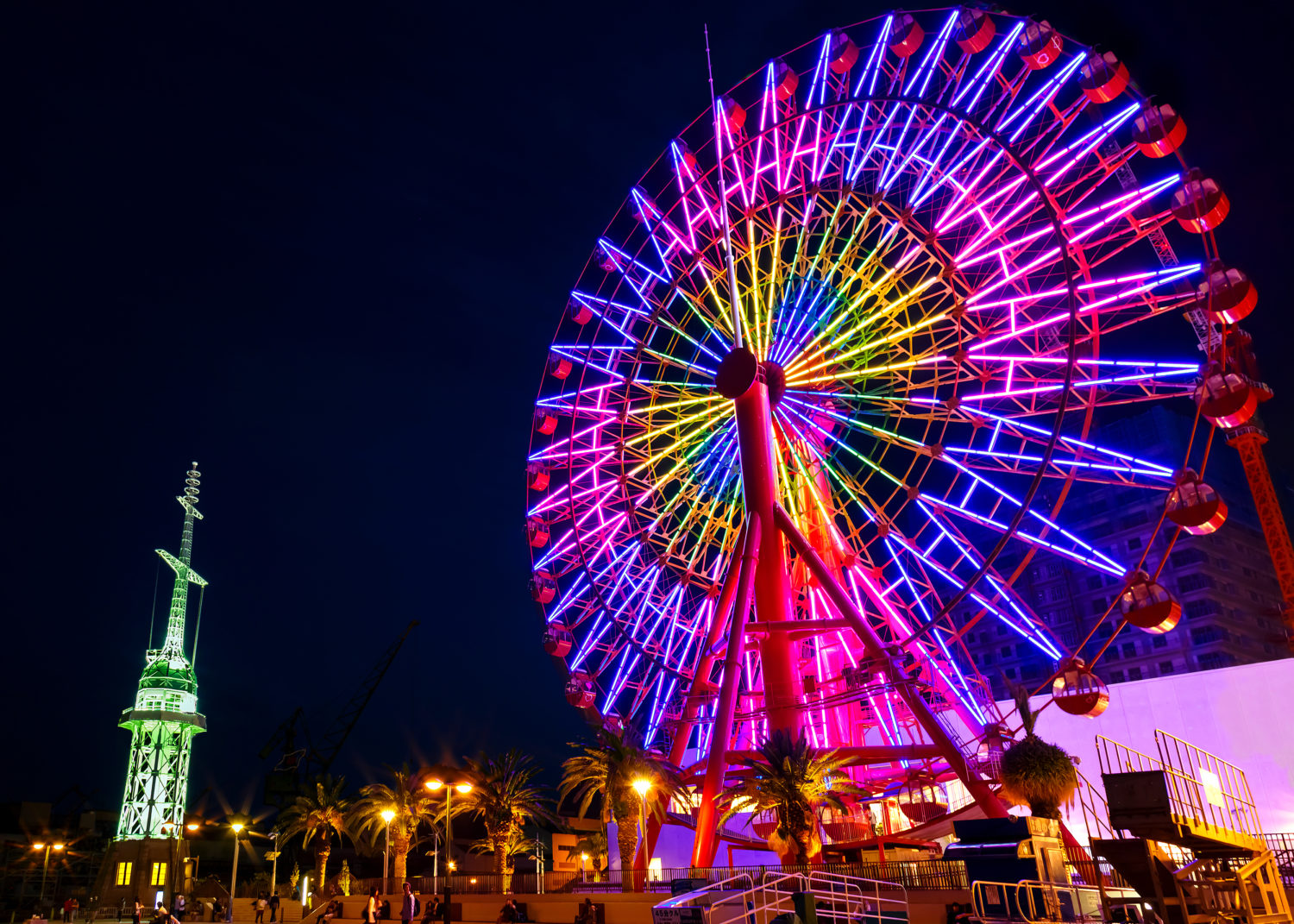
Kobe Kitano Hotel
Adding to Kitano’s elegance, Kobe Kitano Hotel, a luxurious hotel in the district, captures the charm of a British manor house with its refined interiors and premium accommodation. As an auberge, it is renowned not only for its sophisticated lodgings but also for its exceptional dining.
A particular highlight of Kobe Kitano Hotel is its celebrated “world’s best breakfast,” created under the influence of renowned French chef Bernard Loiseau. Loiseau, famous for his cuisine à l’eau—a technique that minimises the use of cream and butter—personally entrusted the hotel to reproduce this extraordinary breakfast offering. You are transported to a stunning standalone restaurant overlooking Kobe and the ocean, where they indulge in a decadent selection of fresh pastries, vibrant juices, a signature “drinkable salad,” creamy tapioca, local fruits, and artisanal jams.
Beyond breakfast, the hotel’s lunch and dinner menus continue to reflect Loiseau’s philosophy, crafted under the expertise of Executive Chef Hiroshi Yamaguchi, who trained at the prestigious La Côte d’Or in Burgundy. You can enjoy exquisite French cuisine at Ash, the hotel’s fine dining restaurant, or enjoy a more relaxed yet refined meal at Igrek, both of which welcome non-hotel guests.
With its exceptional culinary offerings and impeccable service, Kobe Kitano Hotel remains one of the city’s most distinguished establishments.
Kyoryuchi
Kyoryuchi, or the Former Foreign Settlement, is a chic and luxurious district in the heart of Kobe City, emerging after Japan opened its port to foreign trade in 1868. This area beautifully blends European and Japanese architectural styles, with many late 19th-century Western buildings preserved as cultural treasures.
Today, elegant luxury boutiques, including prestigious brands like Louis Vuitton and Gucci, inhabit these historic structures, offering high-end shopping opportunities. The streets showcase a captivating contrast of vintage architecture and modern city life, creating perfect photo opportunities. With its sophisticated atmosphere, pristine streets, and the Kobe City Museum, Kyoryuchi stands as a symbol of Kobe’s rich international heritage.
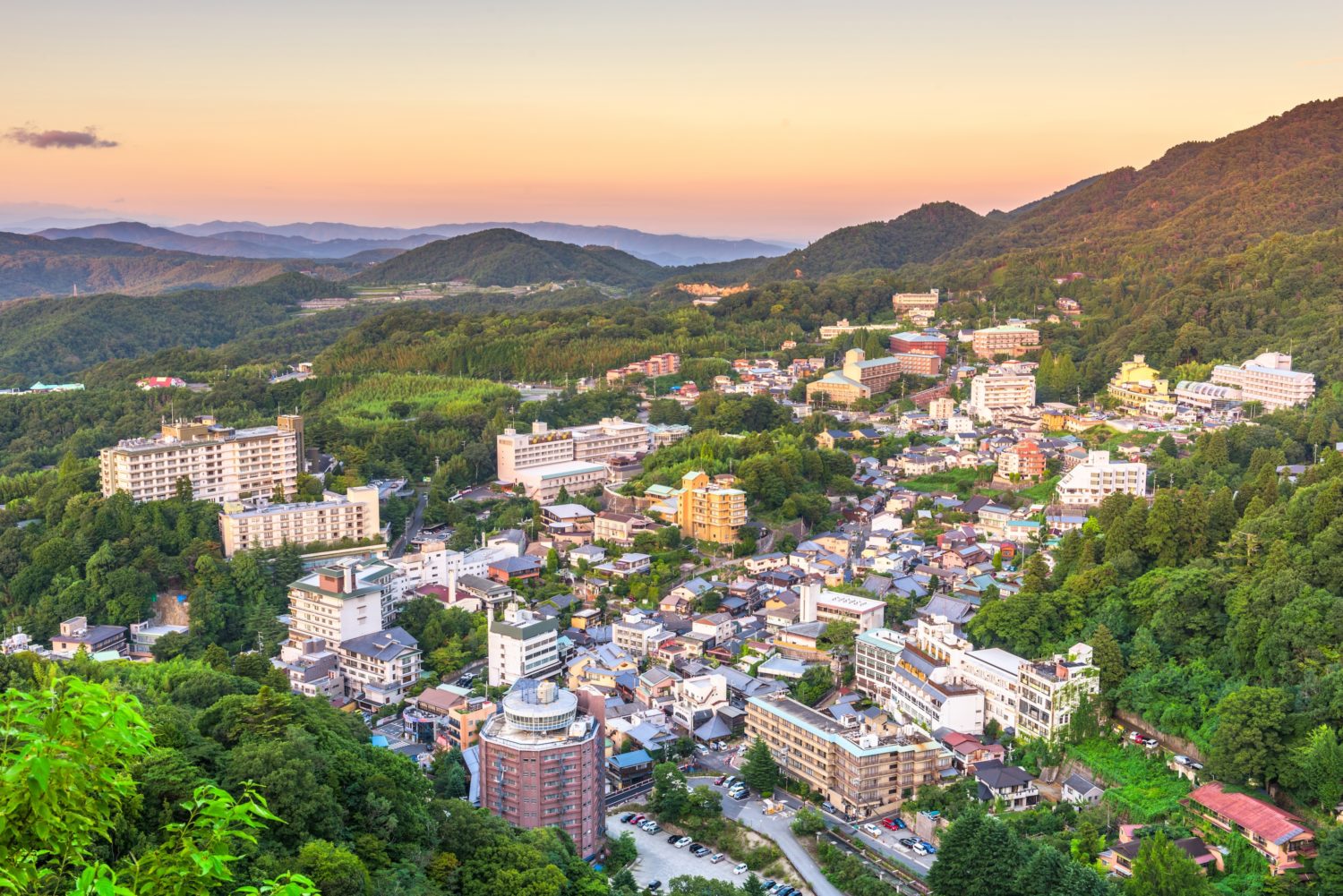
Nankinmachi Chinatown
Nankinmachi, one of Japan’s three largest Chinatowns, is a vibrant district in the heart of Kobe. Named after Nanjing, this lively area emerged when Chinese merchants settled near Kobe Port after it opened to foreign trade in 1868. You are welcomed by striking entrance gates adorned with red lanterns and intricate dragon designs, creating a captivating atmosphere. Food lovers flock to its bustling streets to enjoy authentic Chinese cuisine, with stalls and restaurants serving steaming pork buns, flavourful dim sum, and crispy Peking duck wraps. Just minutes from Motomachi Station, Nankinmachi features over 100 establishments, blending rich Chinese heritage with Japanese influences, making it a unique cultural experience.
Experience Kobe: City Gems
Kobe Port Tower
Standing at 108 metres, the iconic Kobe Port Tower is one of the city’s most recognisable landmarks, its striking red hyperboloid design resembling a tsuzumi, a traditional Japanese drum.
Since its 1963 opening, the tower has symbolised Kobe’s maritime heritage. You can enjoy breathtaking 360-degree views of Kobe’s skyline, harbour, and the Rokko Mountains from its observation floors. A rotating café offers refreshments with ever-changing panoramic vistas.
The tower also features the interactive ‘Museum of Light’, rotating gallery exhibitions highlighting local artists, and boutiques selling fashion and handcrafted goods. The ‘Beautiful Memory’ wall invites you to leave heartfelt messages.
Particularly spectacular at night, the tower’s illumination system uses thousands of LED lights to create dazzling displays that transform the structure into a beacon of colour visible throughout the harbour area. Special illumination events mark seasonal celebrations and civic commemorations throughout the year.
After the devastating 1995 Great Hanshin Earthquake, the tower’s resilience and subsequent restoration became a powerful symbol of Kobe’s recovery and renewal, making it not just an architectural marvel but a treasured emblem of the city’s enduring spirit.
VAGUE KOBE
Located on the fourth storey of the magnificent Chartered Building in Kobe’s Chuo-ku district, VAGUE KOBE is a vibrant creative hub designed by the renowned Teruhiro Yanagihara Studio.
This innovative space seamlessly merges art, design, and hospitality, featuring contemporary art installations and curated design exhibitions throughout the year. You can explore the dynamic cultural offerings while enjoying a relaxing cup of coffee or a glass of wine at the stylish bar and café area, creating a welcoming atmosphere for art appreciation and socialising.
The name ‘Vague,’ inspired by the French word for ‘wave,’ reflects the fluid nature of creativity that flows through the venue. With a vibrant calendar of events, VAGUE KOBE has become a must-visit destination in the city’s flourishing cultural landscape.
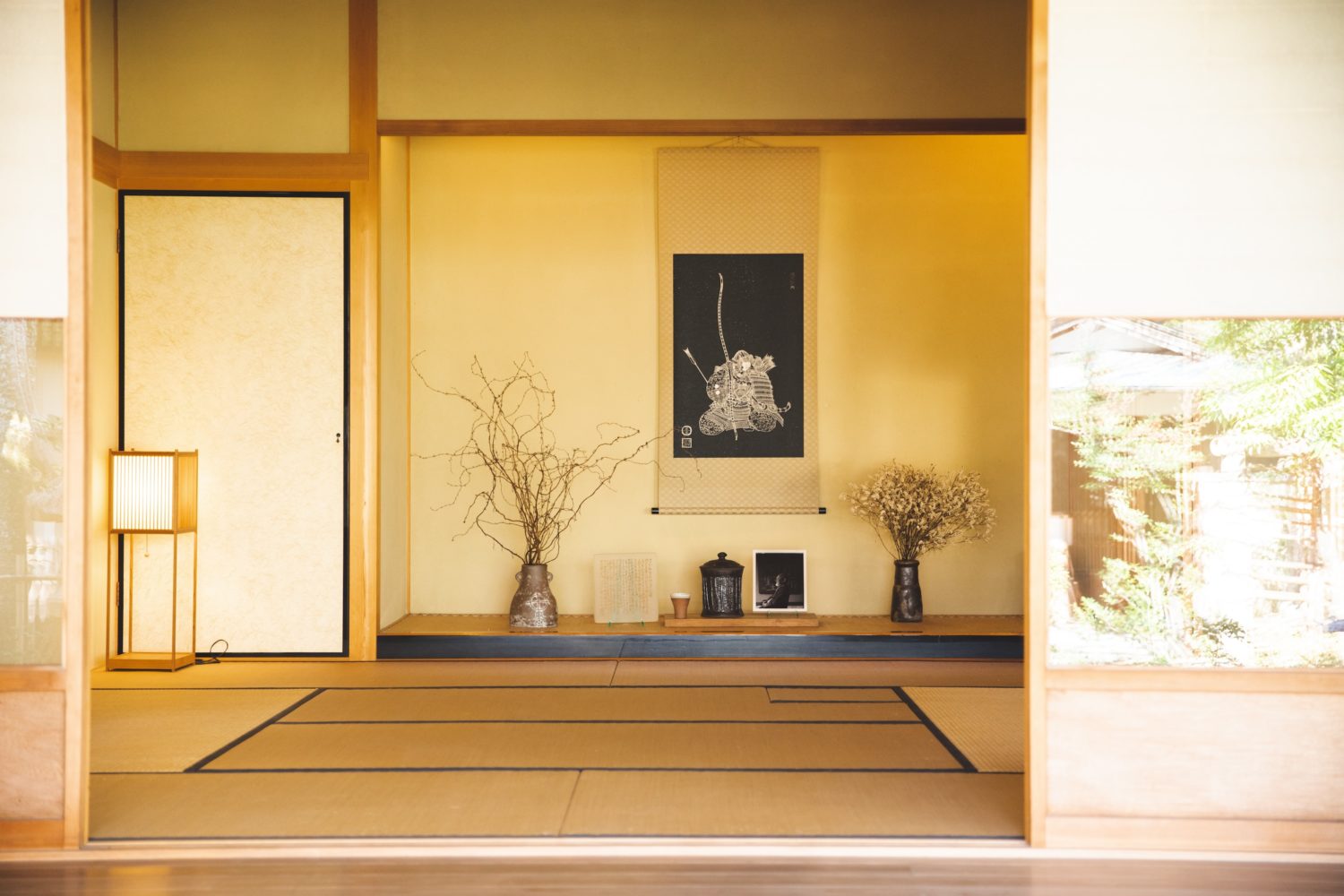
Mt. Mayasan Tenjoji Temple
Perched atop Mount Maya National Park, this magnificent Buddhist temple offers breathtaking panoramic views at 700 metres above sea level, including sights of Awaji Island and the Akashi Kaikyo Bridge on clear days. It is Japan’s only temple dedicated to Maya, the mother of Buddha, set amidst lush forests that create a peaceful atmosphere.
Rich in history, the temple was established during the Asuka period by monk Hōdō and later developed by the renowned Kobo Daishi in the 9th century. The grounds integrate effortlessly with the natural surroundings, providing a tranquil space for reflection and meditation, overseen by Chief Monk Mr. Ito, who ensures its spiritual significance.
Seasonal changes transform the temple experience throughout the year, with spring cherry blossoms, summer verdant forests, autumn foliage and winter snows each offering distinctive beauty.
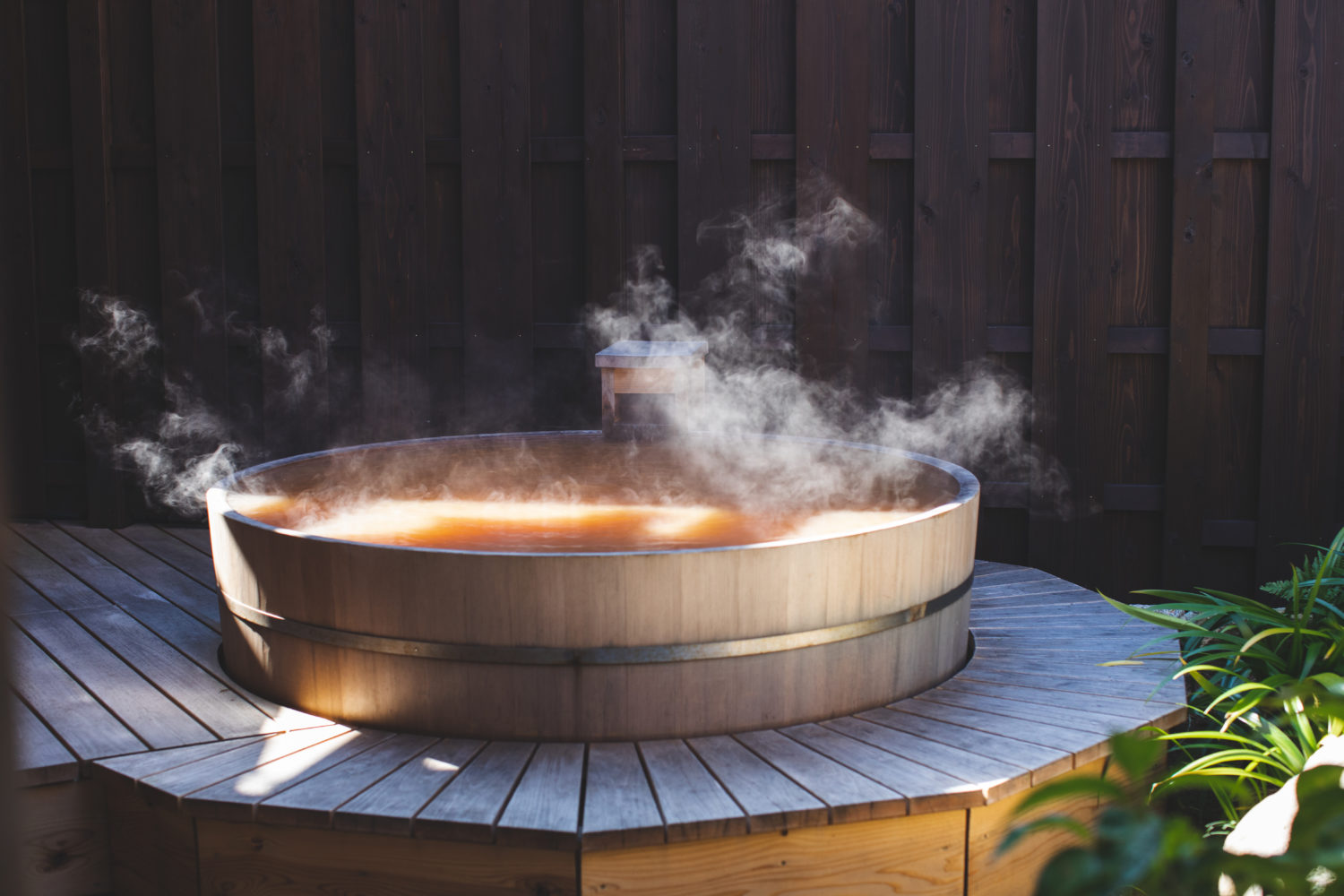
For more information on Kobe’s wonders, visit feel-kobe.jp.
Tocen Goshoboh
858 Arimacho, Kita Ward, Kobe, Hyogo 651-1401, Japan
Kobe Kitano
Yamamotodōri, Chuo Ward, Kobe, Hyogo 650-0003, Japan







